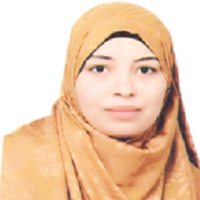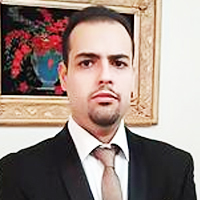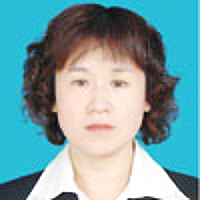Characterisation of Delayed Onset of Muscle Soreness (DOMS) in the hand, wrist and forearm using a finger dynamometer: A pilot study
Published on: 14th July, 2017
OCLC Number/Unique Identifier: 7286354494
Background: Experimentally-induced delayed-onset muscle soreness of large muscle groups is frequently used in as an injurious model of muscle pain. We wanted to develop an experimental model of DOMS to to mimic overuse injuries from sports where repeated finger flexion activity is vital such as rock climbing. The aim of this pilot study was to evaluate the utility of a ‘finger trigger device’ to induce DOMS in the fingers, hands, wrists and lower arms.
Methods: A convenient sample of six participants completed an experiment in which they undertook finger exercises to exhaustion after which measurements of pain, skin sensitivity to fine touch, forearm circumference and grip strength in the hand, wrist and forearm were taken from the experimental and contralateral non-exercised (control) arms.
Results: Pain intensity was greater in the experimental arm at rest and on movement when compared with the control arm up to 24 hours after exercise, although the location of pain varied between participants. Pressure pain threshold was significantly lower in the experimental arm compared with the control arm immediately after exercises locations close to the medial epicondyle but not at other locations. There were no statistical significant differences between affected and non-affected limbs for mechanical detection threshold, forearm circumference or grip strength.
Conclusion: Repetitive finger flexion exercises of the index finger by pulling a trigger against a resistance can induced DOMS. We are currently undertaking a more detailed characterization of sensory and motor changes following repetitive finger flexion activity using a larger sample.
Differences between traditional Visualization and Virtual reality on motor performance in novel climbers
Published on: 6th February, 2018
OCLC Number/Unique Identifier: 7347073164
This paper analyses the effect of virtual reality visualization (VRV) on climbers, with respect to the traditional visualization methodology. The study sample was made up of 21 novel climbers: Control Group CG (N=7), Traditional Visualization Group TVG (N=7) and Virtual Reality Group VRG (N=7). In order to implement the mental imagery through virtual reality, a 360º Ricoh Theta S camera and a pair of Woxter Neo VR1 goggles were used. The data analysis was carried out with a simple ANOVA of three means. No statistically significant differences were found. The results are discussed and future lines of research are established.
















